Introduction:
How to Manage a Project will be described in this report and some project management tools will be introduced also. Project management is about implementing a new project which has some objectives, timeline and budget. Some project management concepts have been discussed in this report.
You may feel interested to read below blogs:
Knowledge Management Information System at MC Donald’s
Roles of Management Accounting Systems (MAS)
Why Nokia Failed
Roles and responsibilities of line managers
Key features of a project
A project is a temporary approach with a starting time, a finishing time and some other stages, such as planning, organizing and preparing, and execution (Kerzner, 2017). This implies that the project has a life cycle.
Secondly, projects have unique deliverables and results, which can be a solution, a product or a system. Such deliverables are generally determined before the project starts.
Thirdly, a project is progressively elaborated, which means the project and its associated processes are optimized while it progresses based on experience and findings found during execution (Kivila, Martinsuo, and Vuorinen, 2017). This feature helps a project reach its desired outcome.
A project has a number of elements and stakeholders, such as schedule, cost, scope, quality, resources, risks and audiences; all these elements have different expectations. Integration management is important because it makes coordination and balance among the elements of PM so that the project can reach the desired objective in a timely manner (Meredith, Mantel Jr, and Shafer, 2017). Integration management helps a manager to know the impact of change in one element on other elements of the project, and proper integration management is necessary to balance the change.
Scope statement of a project
The role of Work Breakdown Structure in Scope statement
A project scope statement is a method to describe the key deliverables of the project along with the idea, key milestones, requirements, assumptions etc. (Heagney, 2016).
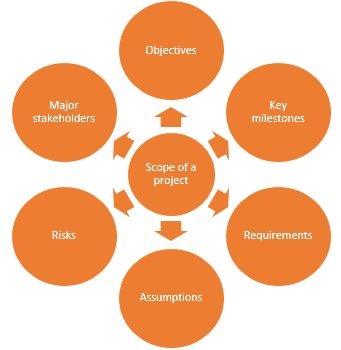
A project scope statement plays a significant role when there is any change in project scope because a project manager finds it convenient to bring change by observing the project statement tool.
Layton, and Ostermiller (2017) defined Work Breakdown Structure (WBS) is about breaking down the project scope statement into small deliverables for the convenience of achieving the project. Such breakdown plays important role in project scope by providing meaningful control on deliverables because each deliverable are assigned milestones and resources along with responsible ones to achieve deliverables.
Approaches to make budget for a project
Fleming, and Koppelman (2016) revealed that there are mainly two types of project budgeting approaches: top-down budgeting approach and bottom-up budgeting approach. The authors elaborated that when a project manager assumes a budget to complete the whole project and divides the total value into work packages, it is called the top-bottom approach. In contrast, the bottom-up budgeting approach calculates the cost of every work package and then sums up the value of all work packages in every deliverable.
Clearly, the bottom-up budgeting approach is much more reasonable, and it increases the team’s morale. Moreover, this is the one-team approach to budgeting.
Project management risks and ways of overcoming
| Project Risk | Mitigation strategies of any two risks |
| Project Scope has changed at the middle of implementation | Project manager should sincerely understand the required changes needed in project scope. Next, manager should bring required possible changes in project scope tools and WBS. |
| Project Budgeting was not accurate | Project manager should follow bottom-up budgeting approach, it should also consider all the work packages. Work should be one-team approach to avoid any missing of works. |
Project Quality methods
How to evaluate the completion of a project
Project monitoring and control is one of the most important quality methods of project management because it helps managers to critically observe project progress. A project has a number of structured and break-down deliverables, work packages and risks. A project manager needs to carefully evaluate the progress and check if the project is running as per set schedules. For any deviation in schedule and deliverables from set objectives, project managers should take corrective actions. For the above importance, project monitoring and control are important in any project management.
Gantt chart, critical path and time of project completion:
Gantt chart:
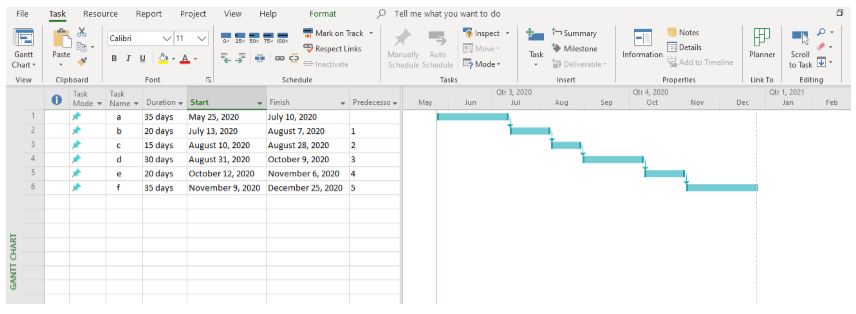
Critical Path:

Network Diagram:
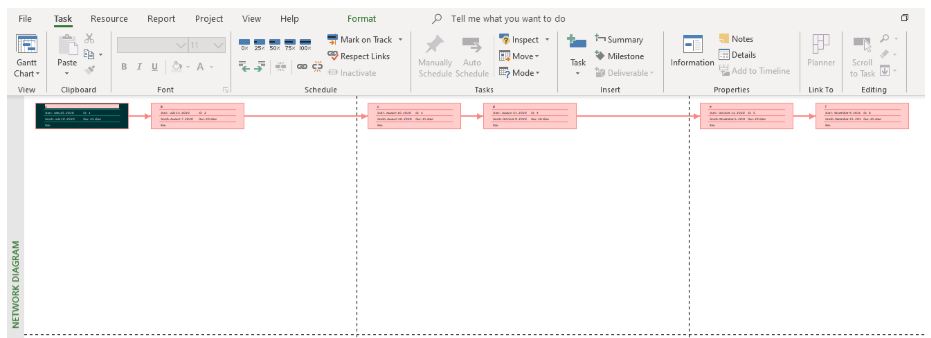
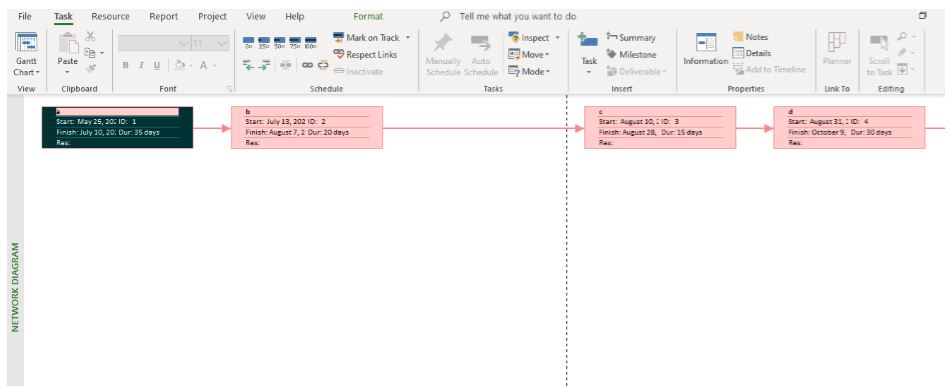
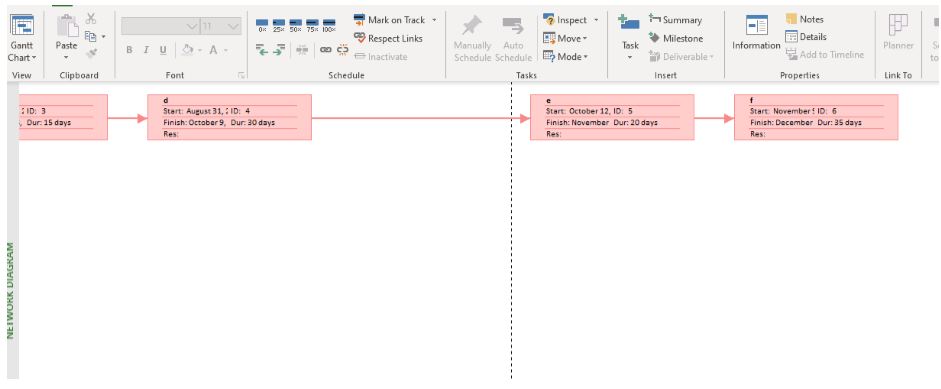
Timeline of the project:

The above diagram shows that it will take a total of 214 days to complete the project, including holidays.
References:
Fleming, Q.W. and Koppelman, J.M., 2016, December. Earned value project management. Project Management Institute.
Gido, J., Clements, J. and Clements, J., 2014. Successful project management. Nelson Education.
Hu, Y., Chan, A.P., Le, Y. and Jin, R.Z., 2015. From construction megaproject management to complex project management: Bibliographic analysis. Journal of management in engineering, 31(4), p.04014052.
Joslin, R. and Muller, R., 2015. Relationships between a project management methodology and project success in different project governance contexts. International journal of project management, 33(6), pp.1377-1392.
Heagney, J., 2016. Fundamentals of project management. Amacom.
